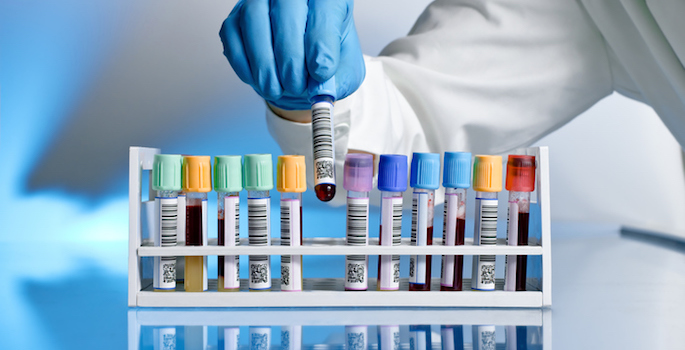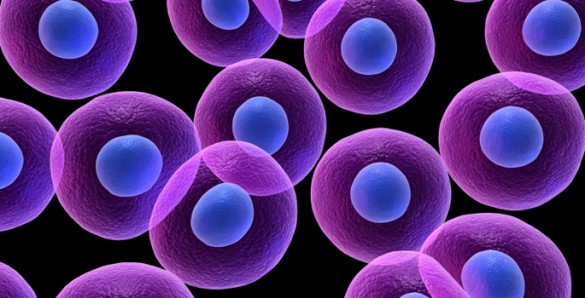
Neoadjuvant chemotherapy (NAC) is increasingly used in women with locally advanced breast cancer before surgical treatment. Early assessment of response to NAC would allow clinicians to identify patients who are not responding and adjust their therapy.
Thomas Yankeelov, Ph.D., Ingram Associate Professor of Cancer Research, and colleagues obtained two types of magnetic resonance imaging – diffusion-weighted (DW-MRI) and dynamic contrast-enhanced (DCE-MRI) – for 28 patients before treatment, after one cycle, and after completion of all cycles of NAC. They used the imaging data in a logistic model of tumor growth to calculate a proliferation rate after one cycle and from that, to predict the tumor cell number after NAC completion.
They report in the June issue of Translational Oncology that the proliferation rate after one cycle was able to separate patients who went on to achieve a complete response (assessed after surgery) from those who did not. The methods, if validated in more patients, could be used to predict patient outcome early in the course of NAC.
This research was supported by grants from the National Institutes of Health (CA129961, CA142565, CA098131, CA068485).















